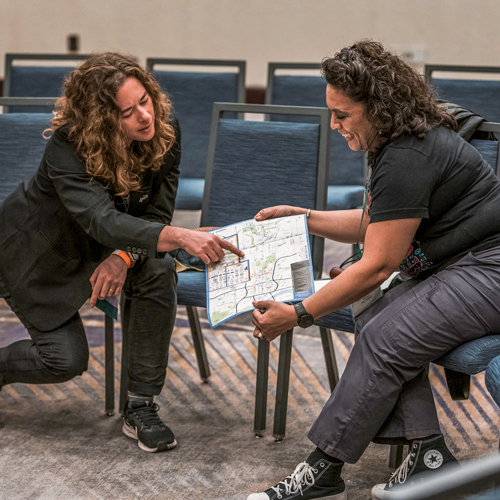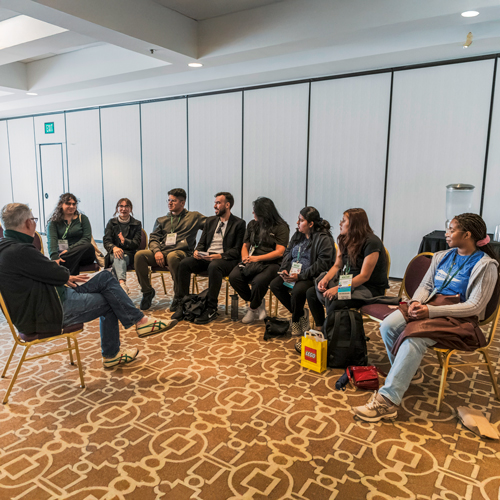Save the Date for NCHC24! Submissions now open.
Key Principles of Place as Text / City as Text® Pedagogy
10 Principles for Designing City as Text (CAT) Experiences
Work in small teams (2-4 people maximum)
Send teams to different places
Create deliberate contrasts between destinations
Develop writing assignments to help reflection
Make talking to people a requirement
Use public transportation
Refer to the four primary strategies of mapping, observing, listening, reflecting
Don’t start with experts
Use general reading materials as a starting point—don’t be too specific
Create opportunities for formal and informal conversations to debrief
CAT Pedagogy in Higher Education
Demands a connection between what is there and what is not there
Gives consideration to the evaluation of absence as well as presence
Pushes students to new levels of questions, such as “Who has power? “Who decides?”
Embraces third-person perspectives so as to create an awareness of one’s own “lenses”
Finds “comfort” in discomfort; asks students to accept the notion that confusion can be a good thing
Moves from “self-reflection” into “critical thinking”
Connects personal experience to scholarly inquiry
Questions the prevailing power structures and the production of “knowledge”
Highlights connection to the larger world; promotes global thinking about local experience
Pushes students so that they want to know how they know
Faculty Participation
When faculty participate in an NCHC Faculty Institute they can be reminded of what it is like to:
Work in groups
Have both structured and unstructured assignment time
Not be the expert
Feel saturated
Take risks
Feel frustrated
Try to remain open
Feel vulnerable about turning in assignments
Talk to people we don’t know
Gain or revise perspective


